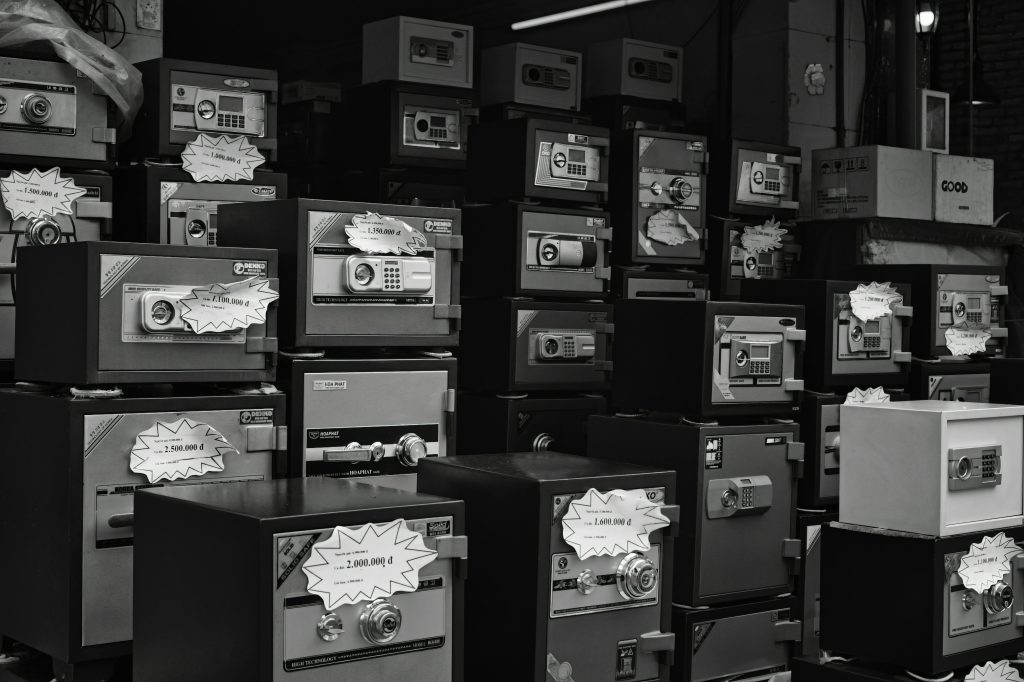Ever dropped your shiny new smartphone only to watch it shatter into what feels like a million pieces? Yeah, us too. Now imagine if you didn’t have to pay for the repairs—thanks to a hidden perk on your credit card that most people overlook.
In this post, we’ll break down everything about accidental damage coverage (yes, the thing you’ve been ignoring in your card’s fine print), why it matters, and how to use it effectively. Get ready to learn how you can protect your purchases without spending extra!
Table of Contents
- Key Takeaways
- What Is Accidental Damage Coverage?
- How to Use Your Accidental Damage Benefits
- Best Practices for Maximizing This Perk
- Real-Life Success Stories
- Frequently Asked Questions
Key Takeaways
- Accidental damage coverage through credit cards is often underutilized but provides valuable protection for everyday items.
- This benefit typically covers repairs or replacements due to mishaps like drops, spills, or even electrical surges.
- To claim benefits, you’ll need proof of purchase and often a police report for theft-related claims.
- Some limitations exist; always check your card issuer’s policy before relying on this coverage.
What Is Accidental Damage Coverage?
Here’s where I made my rookie mistake—and maybe you’ve done the same. Last Christmas, I bought an expensive tablet with my rewards credit card. Less than two weeks later, disaster struck when I accidentally spilled coffee all over it. The screen blinked out faster than you could say “accidental damage.” Panicked, I called tech support who said repair costs would hit $400—a gut punch during the holidays.
Then came the revelation. A friend reminded me about the accidental damage coverage buried deep within my credit card terms. That obscure feature saved me hundreds and taught me to never skim those T&Cs again.

According to data from NerdWallet, nearly half of Americans are unaware their credit cards offer purchase protection features like accidental damage coverage. If you’re nodding along thinking, “Wait, mine does?”—keep reading.
How to Use Your Accidental Damage Benefits
“Optimist Me” thought claiming accidental damage was as easy as emailing my bank. Wrong.
Grumpy Me realized there were steps involved:
1. Confirm Coverage
First things first: Check your cardholder agreement. Look specifically for sections labeled Purchase Protection or Extended Warranty Services. These clauses will outline what’s covered and any exclusions.
2. Document the Incident
As soon as something happens, take photos of the damaged item. Write down the incident details while they’re fresh. For example, “January 17th, midnight snack turned nightmare when nacho cheese met laptop keyboard.”
3. Gather Proof
You’ll need receipts proving the item was purchased using your eligible credit card. Depending on the claim type, a police report may also be required (e.g., stolen or vandalized goods).
4. File Your Claim
Contact your credit card company via phone or online portal. Submit all necessary documentation promptly—the sooner, the better.
5. Follow Up
Don’t just assume silence means success. Stay on top of your claim by tracking its progress and responding quickly to additional requests for info.
Best Practices for Maximizing This Perk
- Read Fine Print Early: Knowing upfront whether your card offers these protections saves headaches later.
- Avoid Self-Inflicted Disasters: Intentional damages won’t fly here. Spilling red wine counts; staging falls does not.
- Double-Check Exclusions: Not every item qualifies. Items like antiques or collectibles might be off-limits.
- Maintain Records: Hold onto receipts and warranty paperwork. It’s annoying now but worth it later.

Real-Life Success Stories
We spoke to Sarah W., a teacher from Chicago whose experience showcases the power of accidental damage coverage. She recounts how her dog chewed through her headphones just days after buying them. Thanks to her Mastercard’s purchase protection, she got a replacement pair shipped right away—at no cost.
Not everyone is so lucky. Joe L. learned the hard way when he assumed his Visa had unlimited coverage. He found himself footing a $900 bill after his camera broke because he missed the expiration date listed in his terms.
Sounds rough, huh? Like trying to untangle earbuds stuck in your jacket pocket…
Frequently Asked Questions
Do All Credit Cards Offer Accidental Damage Coverage?
Nope. While many premium cards include this perk, basic ones usually don’t. Always double-check your specific card’s terms.
How Long Does the Process Take?
Typically, claims process within 2-4 weeks once submitted correctly. But beware—delays happen if documentation isn’t complete.
Can I Extend My Item’s Warranty Too?
Yes! Many credit cards extend manufacturer warranties automatically. Just another reason to read the fine print.
Conclusion
Accidental damage coverage is more than just jargon hidden in your credit card contract—it’s peace of mind wrapped up neatly in plastic form. Whether it’s saving you money after a clumsy moment or protecting pricey electronics, it pays to know what your card offers.
So next time life throws lemons at your gadgets, remember—you might already have lemonade waiting courtesy of your credit card. 🍋✨
Tamagotchi alert: Treat your financial knowledge like one—feed it daily with research and updates!


